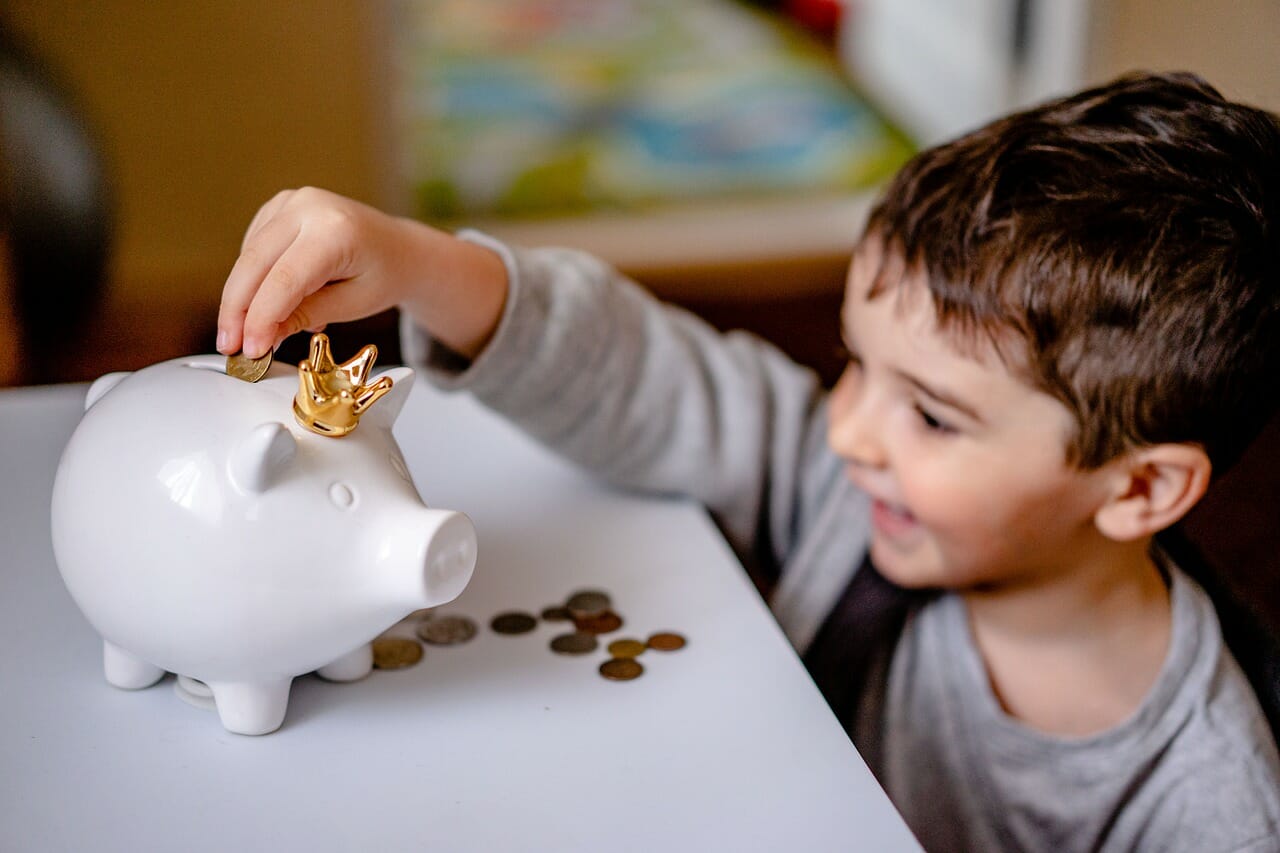Personal finance plays a vital role in managing and planning a financial future, from building credit to growing a nest egg. But not all adults feel they have a solid understanding of their personal finances.
In fact, two out of five Americans say they’re intimidated by their own finances, according to a 2021 Ria Money Transfer/OnePoll study, while 42% of respondents admit they “fake it ’til they make it” when it comes to their personal finances. Yet nearly half of the respondents say it’s important to them that they learn more so their children are set up for financial success.
Q2 2022 hedge fund letters, conferences and more
With a call for teaching stronger financial literacy, the question is: Who should be responsible for providing it: parents, schools, somebody else? Some 67% of Americans say that it should fall on schools, according to a Finder study.
The Rise Of Kids Banking As An Industry
Today, 23 states have some type of personal finance requirement in place, while 15 states require the completion of personal finance classes before high-schoolers can graduate. Although states are pushing for more financial literacy — Florida and South Carolina the most recent to mandate it — the banking industry could be doing more.
Many traditional banks offer checking accounts designed for teenagers. While fees and balance requirements are low, these accounts don’t often offer a meaningful way for kids to track or manage their finances.
And so, in 2011, one kid took it upon himself to create a platform for kids to learn the value of money, including budgeting and goal-setting to build up savings. Founded by 11-year-old Dani Gafni, Bankaroo is a platform that simulates a bank account before kids are ready to manage an actual account.
Dani offered it to parents and schools as a way to help them teach kids about money — though without the functionality of a real bank account, you can’t track money in real time.
Enter financial technology companies, which are partnering with banks to lead the charge in the kids banking industry. These fintechs place more financial control into the hands of parents and kids through an array of debit cards that come with fun, interactive apps focused on financial literacy.
How Kids Banking Products Build Financial Literacy
The best debit cards for kids allow parents to fund their kids’ accounts through allowance or chores. These accounts work like a digital piggy bank with the ability to bucket everyday spending, long-term savings and charitable giving that teach kids not only how to manage their money but also the benefits of giving back. Parents get oversight into how their kids handle money decisions ahead of financial independence.
Popular cards like Greenlight and Busykid extend into investing, though with parental guardrails, and the prepaid card service FamZoo digs into financial education through interactive features that help teach kids about loans and paying bills.
Banks are taking notice, stepping up to compete with more comprehensive checking accounts supported by features for a wider age range. Here too, they’re partnering with fintechs. Chase First Banking, for example, offers allowance and chores features powered by Greenlight.
How Safe Are Kids' Debit Cards?
Debit cards for kids offer many of the same protections you’ll find at a brick-and-mortar bank. Most fintech companies offer FDIC insurance through a partnering bank and the ability for parents to lock or freeze their kid’s debit card if it’s lost or stolen.
Savings and spending buckets also help to keep kids’ money safe. Say someone were able to get hold of your kid’s card — they’d have access only to money in the spending bucket, since that’s the one linked to the debit card. In addition to freezing the card, you could move your kid’s money out of the spending bucket and into savings.
Taking privacy seriously is the mobile wallet Mazoola, which opts to comply with rigorous requirements set under the Children’s Online Privacy Protection Act that ensure your kids’ personal and financial information is safe. It asks for a birthdate and sex, and not information like a name or Social Security number that’s often required for bank accounts.
The Future Of Kids Banking
It’s an exciting time for financial literacy opportunities focused on kids and teenagers. We’re likely to see more banks offer interactive checking accounts and learning centers that can better prepare children to budget their money and avoid debt — either on their own or through partnerships with popular fintechs.
We may see more robust investing capabilities, with Busykid and Greenlight leading the charge, as well as credit-building features — an area in which mobile banking app Step currently dominates through the acceptance of paychecks for teenagers with jobs.
Loans, bill sharing and bill pay features are also on the horizon, with FamZoo among the only debit cards offering these services as part of app.
And don’t forget about the growing popularity of cryptocurrency: Strive Piggy Bank syncs with crypto wallets, and there’s talks about Kidcoin including cryptocurrency functionality soon.






